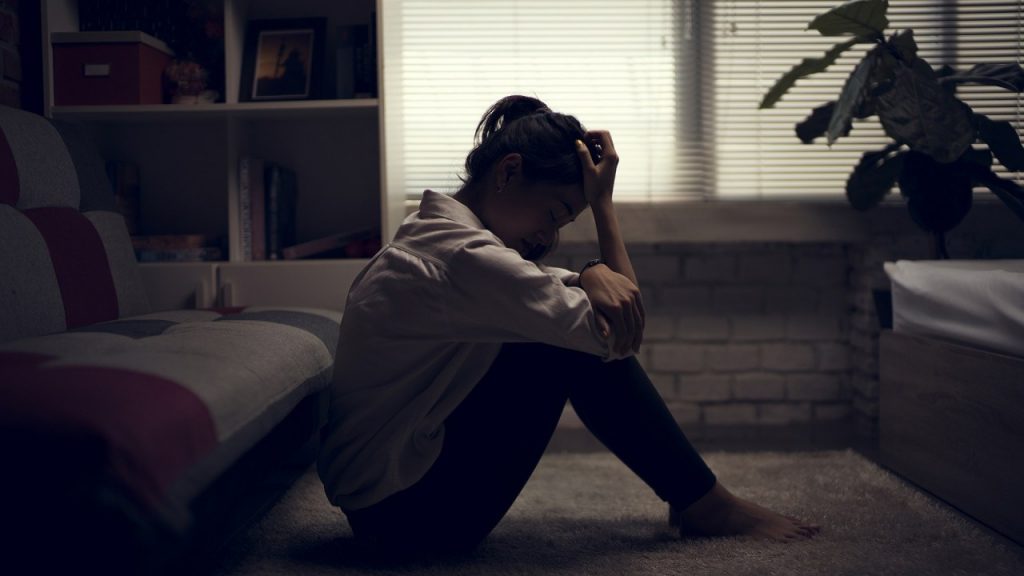
Depression remained common during the pandemic and worsened for some patients leading to increased visits to the emergency department for the treatment of anxiety and chest pain, finds a new study.
The study found that nearly 40 per cent of patients studied reported new or continuing symptoms of depression during the first year of the pandemic in the US.
“These findings are significant. In looking at the first year of the pandemic, we are already seeing the mental health effects on our patients,” said researcher Heidi T. May from the Intermountain healthcare Heart Institute.
“We know that it is a strong risk factor for cardiovascular disease; and if people are becoming more depressed because of the pandemic, in a few years, we could see a higher incidence of cardiovascular disease,” May added.
For the study, the team examined 4,633 patients who completed a depression screening that is a standard part of primary care, before and during the Covid-19 pandemic.
“Before” was between March 1, 2019, to February 29, 2020, and “during” was between March 1, 2020, and April 20, 2021.
Patients were separated into two groups — those with no depression/no longer depressed, and those who remained depressed/became depressed.
Using electronic health records, patients were then assessed for follow-up emergency department visits for anxiety and chest pain, said the study, presented at the American Heart Association’s virtual 2021 Scientific Session.
Researchers found that among depressed patients, depression screening scores were higher during the pandemic than before it. Depression was also associated with increased emergency department visits for anxiety.
They found that the odds of visiting an emergency room for anxiety was 2.8 greater for people with depression than those without, and 1.8 greater for anxiety with chest pains compared to non-depressed patients.
Indo-Asian News Service












